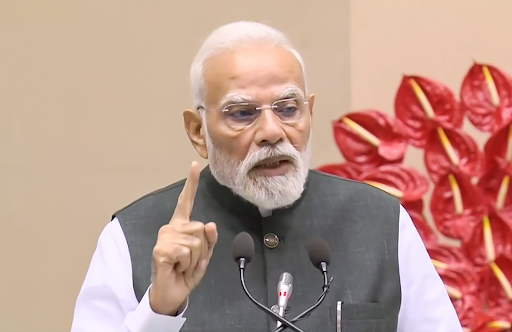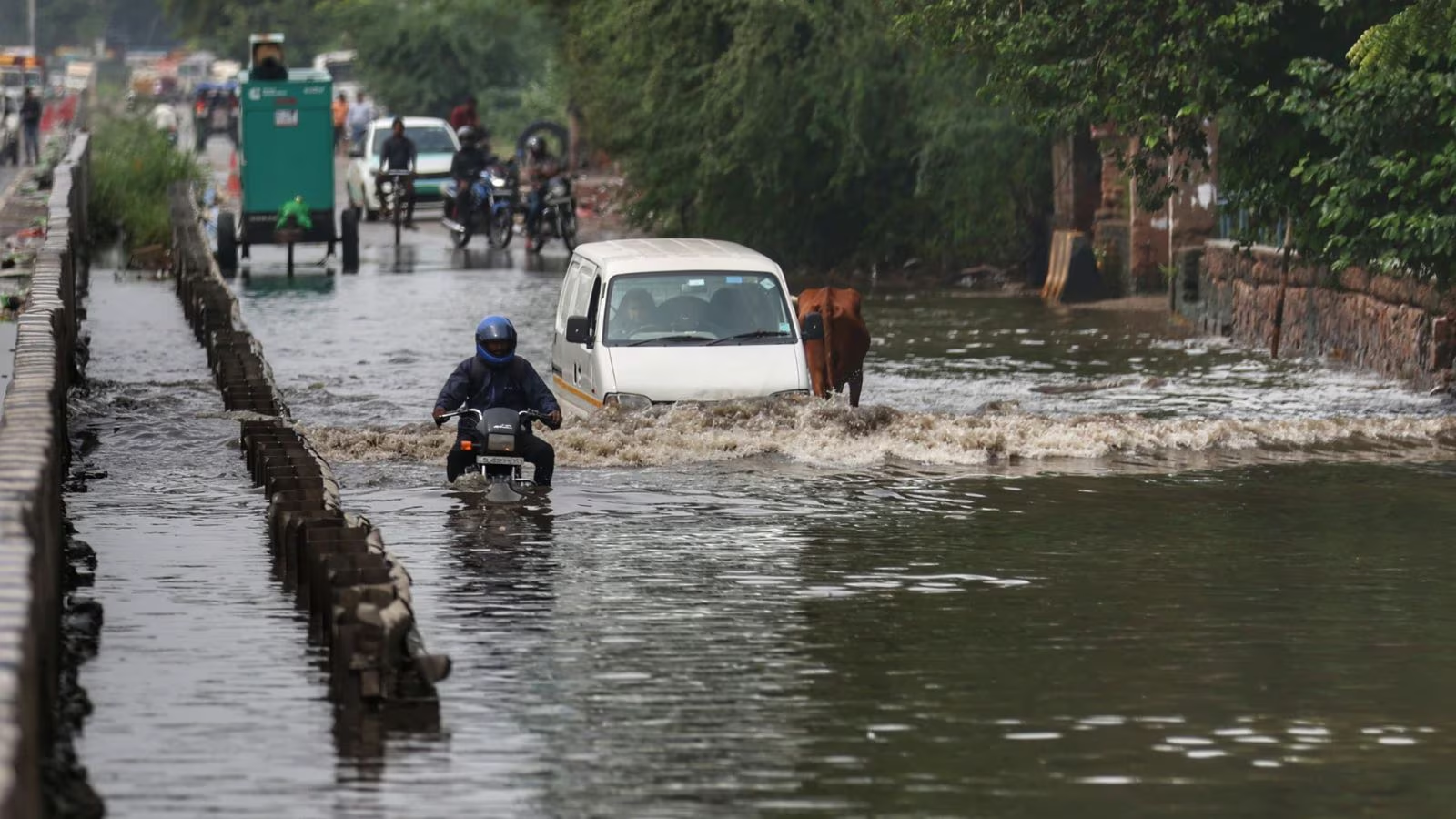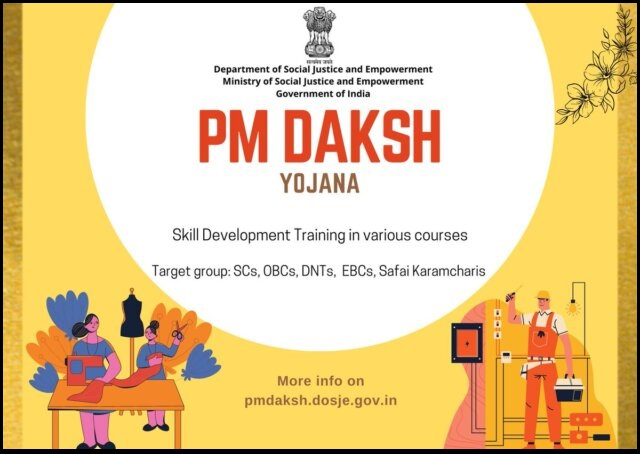



India faces a worsening road safety crisis as fatalities surged 80% from 2005 to 2023. Over-speeding drives deaths, but poor road engineering, weak enforcement, and unsafe infrastructure expose pedestrians and other vulnerable users. Saving lives demands safer road design, stronger policing, and faster emergency care.

Copyright infringement not intended
Picture Courtesy: DOWNTOEARTH
India's high road accident fatality rate presents a major public health crisis, leading to thousands of deaths and injuries annually, and impacting the economy and human well-being.
|
Read all about: REIMAGINING URBAN ROAD SAFETY INDIA TOP IN ROAD ACCIDENT DEATHS CASHLESS CARE FOR ACCIDENT VICTIMS CONSTRUCTION DEFECTS IN HIGHWAYS |
According to the Ministry of Road Transport and Highways (MoRTH) report, in 2023, India had 4.80 lakh accidents and 1.73 lakh fatalities.
A 2021 World Bank report revealed that India accounts for roughly 10% of global road crash fatalities, despite having only 1% of the world's vehicles.
A 2023 MoRTH report indicates that 67% of road fatalities are individuals aged 18-45.
The World Bank estimates that road crashes cost the Indian economy 3% to 5% of its GDP annually.
Vulnerable Road Users (pedestrians, cyclists, two-wheeler riders) suffer over half of India's road crash deaths and serious injuries, with two-wheelers contributing 44% of fatalities. National Highways cause nearly 55% of deaths despite being under 5% of the road network. (Source: MoRTH)
Human Error: Driver fault remains the primary cause, accounting for around 78% of all road accidents in 2022.
Suboptimal Road Infrastructure: Rapid motorisation without corresponding infrastructure upgrades leads to higher accident probability.
Enforcement Deficiencies: Gaps in enforcing traffic laws dilute the deterrent effect of penalties.

Post-Crash Response: The "golden hour," the period after an accident for saving lives, gets missed due to slow ambulance dispatch and traffic congestion.
The Indian government has adopted a multi-pronged strategy based on the "4Es" of road safety: Education, Engineering (both of roads and vehicles), Enforcement, and Emergency Care.
Legal Framework: The Motor Vehicles (Amendment) Act, 2019, reformed the Motor Vehicles Act, 1988.
Policy & Institutional Framework:
Strengthening Enforcement through Technology
Holistic Infrastructure Design and Maintenance:
Enhanced Emergency Response and Trauma Care
India can reduce road fatalities and achieve global safety targets by implementing a comprehensive, data-driven strategy that addresses human behavior, road engineering, vehicle safety, enforcement, emergency care, technology adoption, public awareness, political will, and inter-agency cooperation.
Source: DOWNTOEARTH
|
PRACTICE QUESTION Q. Analyze the role of flawed road engineering and urban planning in contributing to the high incidence of road fatalities in cities. 150 words |
India has the highest absolute number of road accident deaths worldwide. Despite having only about 1% of the world's vehicles, India accounts for almost 10% to 11% of all crash-related deaths globally, according to WHO.
Human error causes over 80% of accidents, with over-speeding alone responsible for 70% of recent fatalities. Other key factors include drunk driving, distracted driving (mobile phones), wrong-side driving, and not using safety gear.
National and State Highways, though under 5% of the road network, cause over half of all road fatalities due to high speeds. Two-wheelers are involved in approximately 44% of these deaths.






© 2025 iasgyan. All right reserved